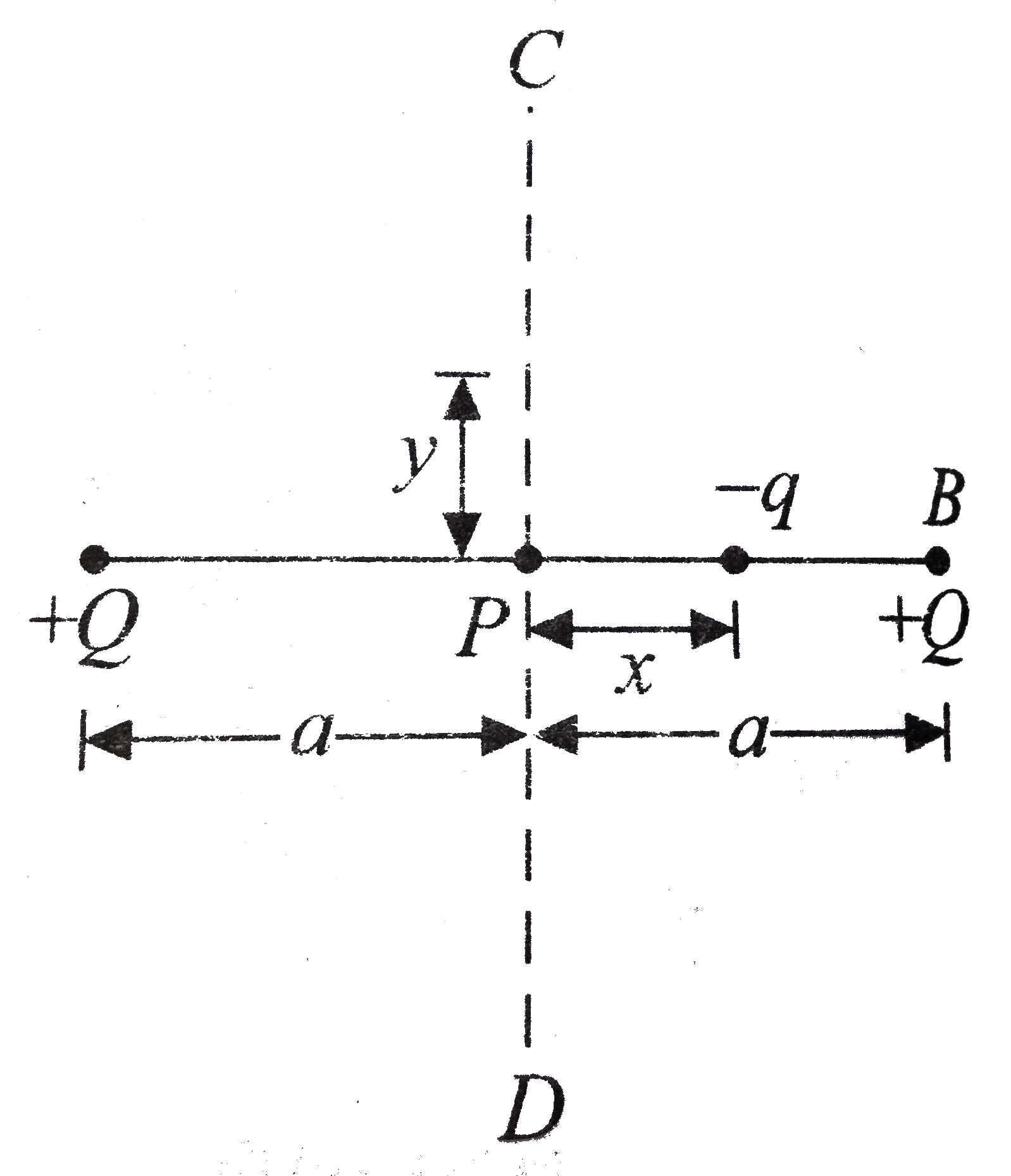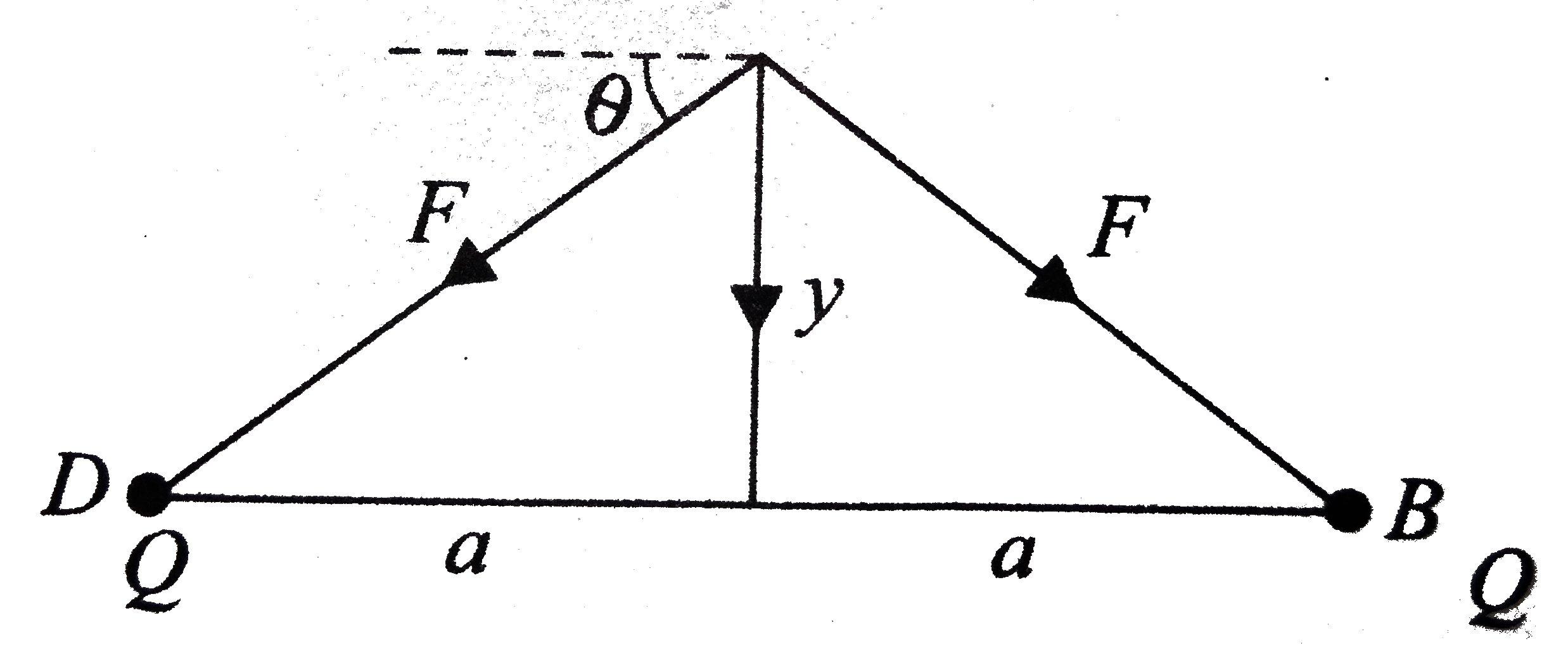A
B
C
D
Text Solution
Verified by Experts
The correct Answer is:
Topper's Solved these Questions
COULOMB LAW AND ELECTRIC FIELD
CENGAGE PHYSICS|Exercise Comprehension|25 VideosCOULOMB LAW AND ELECTRIC FIELD
CENGAGE PHYSICS|Exercise Integer|8 VideosCOULOMB LAW AND ELECTRIC FIELD
CENGAGE PHYSICS|Exercise Single Correct|47 VideosCOMMUNICATION SYSTEM
CENGAGE PHYSICS|Exercise QUESTION BANK|19 VideosCurrent Electricity
CENGAGE PHYSICS|Exercise QUESTION BANK|40 Videos
Similar Questions
Explore conceptually related problems
CENGAGE PHYSICS-COULOMB LAW AND ELECTRIC FIELD-Multiple Correct
- In the arrangement shown in fig. two positive charges, +Q each,are fix...
Text Solution
|
- A particle of mass ma and charge q has been projected from ground as s...
Text Solution
|
- In the arrangement shown in fig. The two point charge are in equilibri...
Text Solution
|
- When an electron moves in a circular path around a stationay nucles ch...
Text Solution
|
- Two point charges (Q each are placed at (0,y) and (0-y) A point charge...
Text Solution
|
- A conducting ball is positively charged and another positive point cha...
Text Solution
|
- We have two electric dipoles. Each dipole consists of two equal and op...
Text Solution
|
- Imagine a short doiploe at the center of a spherical surface. If the m...
Text Solution
|

